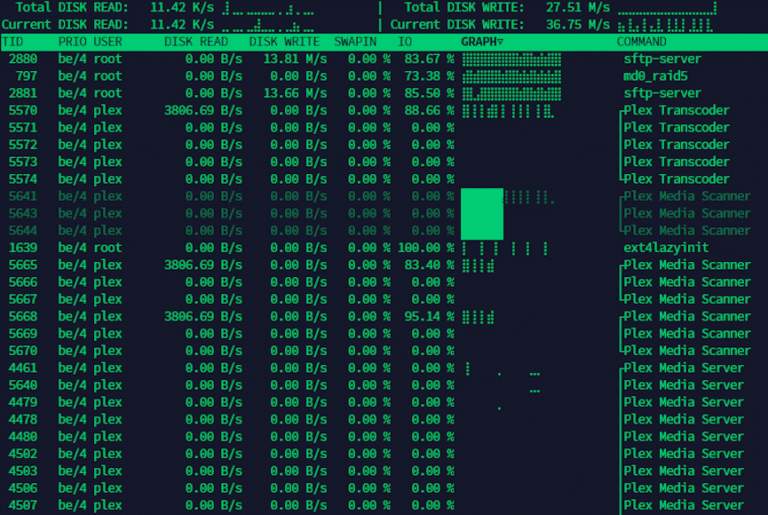
The SaaS industry continues to evolve rapidly, fundamentally reshaping how platforms are designed and delivered. System and network administrators increasingly demand integrated, all-in-one platforms that consolidate multiple management tasks into a seamless experience. The managed DNS industry exemplifies this transformation, with providers developing sophisticated platforms that combine real-time monitoring, advanced query management, and AI-driven optimization.
Artificial Intelligence is now integral to managed DNS solutions. AI-powered analytics identify subtle performance degradations and automatically implement corrective actions before users notice any impact. Paired with automation, these platforms reduce the need for manual intervention, freeing up administrators to focus on strategic initiatives.
Synergy of Monitoring and Management Powered by the Cloud
Automation in traffic shaping and failover is increasingly driven by AI that predicts traffic spikes based on historical and real-time data, allowing preemptive adjustments rather than reactive fixes.
Building on these innovations, a new category called Internet Traffic Optimization Services (ITOS) has emerged. ITOS platforms combine analytics, AI, and multi-cloud DNS management to provide holistic traffic control and optimization.
The “Secret Sauce” — Intelligent Traffic and Query Management
Central to the success of these platforms is the synergy between monitoring and management. Enabled by cloud computing, this relationship allows real-time data sharing that makes DNS query routing more intelligent and responsive. The cloud foundations not only provide scalability but also bring significant cost efficiencies, making subscription-based all-in-one DNS services an increasingly attractive option.
End-users demand faster load times, especially on mobile networks, where connectivity can be variable. DNS resolution contributes to load times but is only one part of the picture. Network latency and server responsiveness also significantly impact user experience.
Shifting Focus: From Outage Response to Performance Optimization
Today’s solutions incorporate AI and machine learning models that continuously analyze traffic patterns, automatically adjusting DNS routing rules to optimize load distribution, reduce latency, and mitigate emerging threats in real-time.
When selecting a managed DNS or ITOS platform, organizations must consider reliability, cost-effectiveness, and demonstrable performance improvements. The ideal solution offers transparent analytics, robust security integrations, flexible customization, and excellent customer support.
Security and Performance: Two Sides of the Same Coin
The revolutionary aspect of modern managed DNS platforms lies in their ability to integrate performance monitoring directly with query management. Why make configuration changes if you cannot instantly analyze their impact? Conversely, monitoring without the ability to implement proactive fixes is incomplete.
ITOS solutions not only improve DNS resolution but also influence routing at the network and application layers, offering organizations unprecedented control over user experience and security.
Meeting Rising User Expectations
As the technology matures, these platforms will further integrate with observability stacks and network orchestration tools, enabling true end-to-end network management from a single pane of glass.
This nuanced, context-aware approach ensures each end-user receives the fastest possible resolution, improving page load times and reducing bounce rates—critical metrics in e-commerce, streaming, and SaaS applications.
Adaptive Traffic Management During Peak Loads
The managed DNS industry is no longer static or siloed. Thanks to cloud computing, AI, and multi-cloud integration, these platforms have evolved into powerful, all-in-one tools that transform how organizations manage traffic, performance, and security. By adopting these advanced solutions, enterprises can ensure optimal user experiences, maintain robust defenses, and maximize the ROI of their network investments in 2025 and beyond.
All-in-one DNS management shines during high traffic periods by dynamically balancing loads across multiple data centers or cloud regions. This avoids bottlenecks and keeps services online even under unexpected surges.
AI and Automation: The New Frontier
Admins’ security concerns remain justified—DNS is a key ingress point where malicious traffic can be filtered before it reaches application layers. But what is often overlooked is how these same management capabilities eliminate latency and improve overall network responsiveness.
By Randy Ferguson
Emergence of Internet Traffic Optimization Services (ITOS)
In 2025, these platforms leverage multi-cloud architectures to increase redundancy and reduce latency by dynamically routing queries through the fastest and most reliable nodes across providers such as AWS, Google Cloud, and Azure. This multi-cloud synergy is a major step beyond earlier single-provider approaches.
In 2025, managed DNS platforms integrate seamlessly with zero trust architectures, threat intelligence feeds, and security information and event management (SIEM) systems, creating a unified front for performance and security.
Choosing the Right Platform in 2025
For example, AI models can detect anomalies indicating potential DDoS attacks or DNS cache poisoning attempts and trigger mitigation protocols instantly.
As DNS continues to be the first step in user connectivity, the importance of intelligent, integrated management cannot be overstated. The future lies in platforms that combine visibility, automation, and adaptability, giving admins the tools they need to keep pace with ever-growing network demands.
Therefore, modern DNS platforms optimize not just query response times but also intelligently direct traffic to edge servers or content delivery networks (CDNs), minimizing overall latency and improving availability.
While many administrators still view DNS as a tool primarily for outage mitigation and DDoS defense, the reality has shifted. Outages remain infrequent but can be catastrophic, so preventing them is vital. However, modern managed DNS services focus heavily on enhancing performance and user experience by tailoring responses based on end-user context, including geographic location, device type, browser, and network conditions.
As we enter 2025, managed DNS is no longer just about resolving domain queries; it’s become a critical component in comprehensive network performance, security, and traffic optimization strategies for enterprises worldwide.






